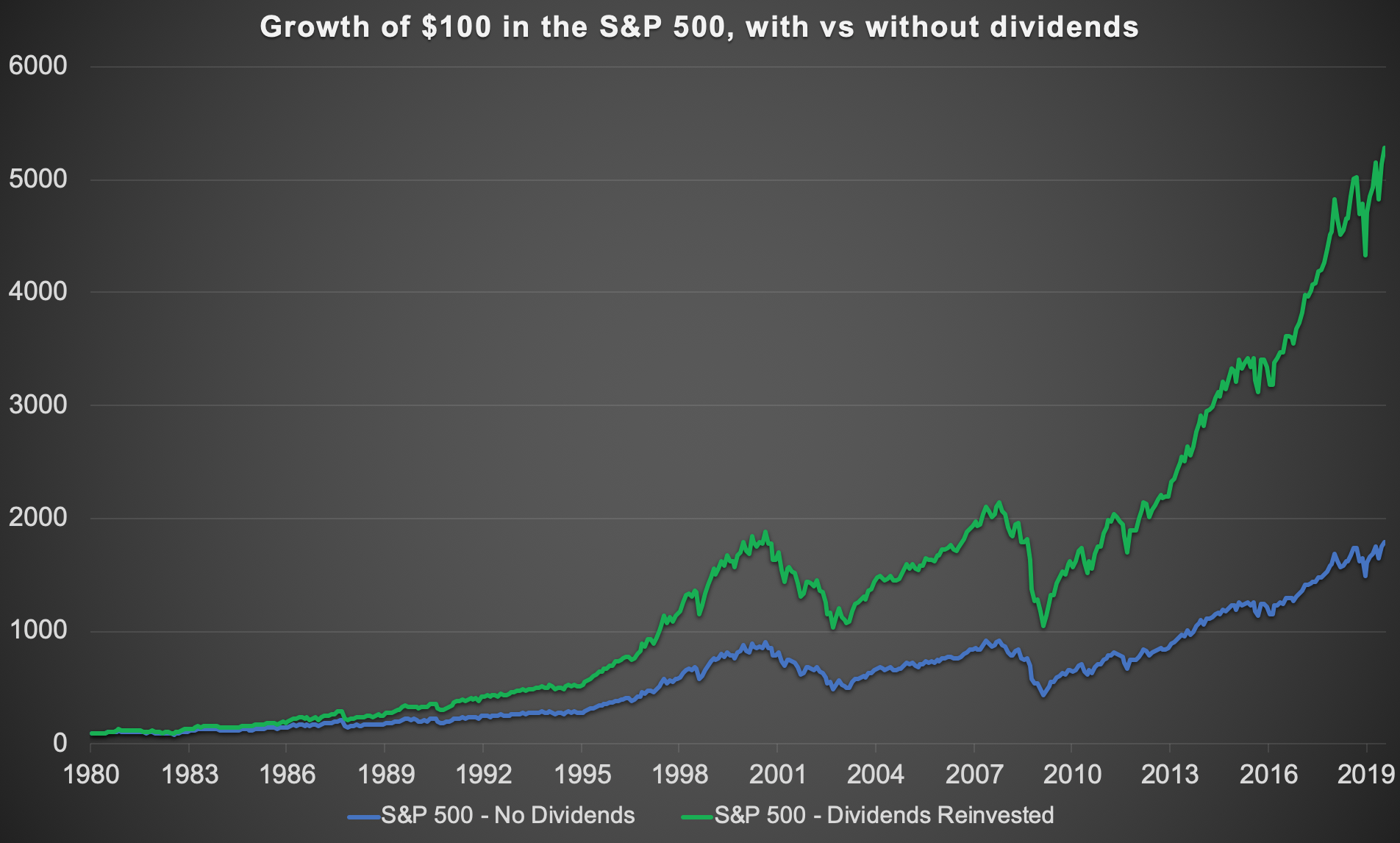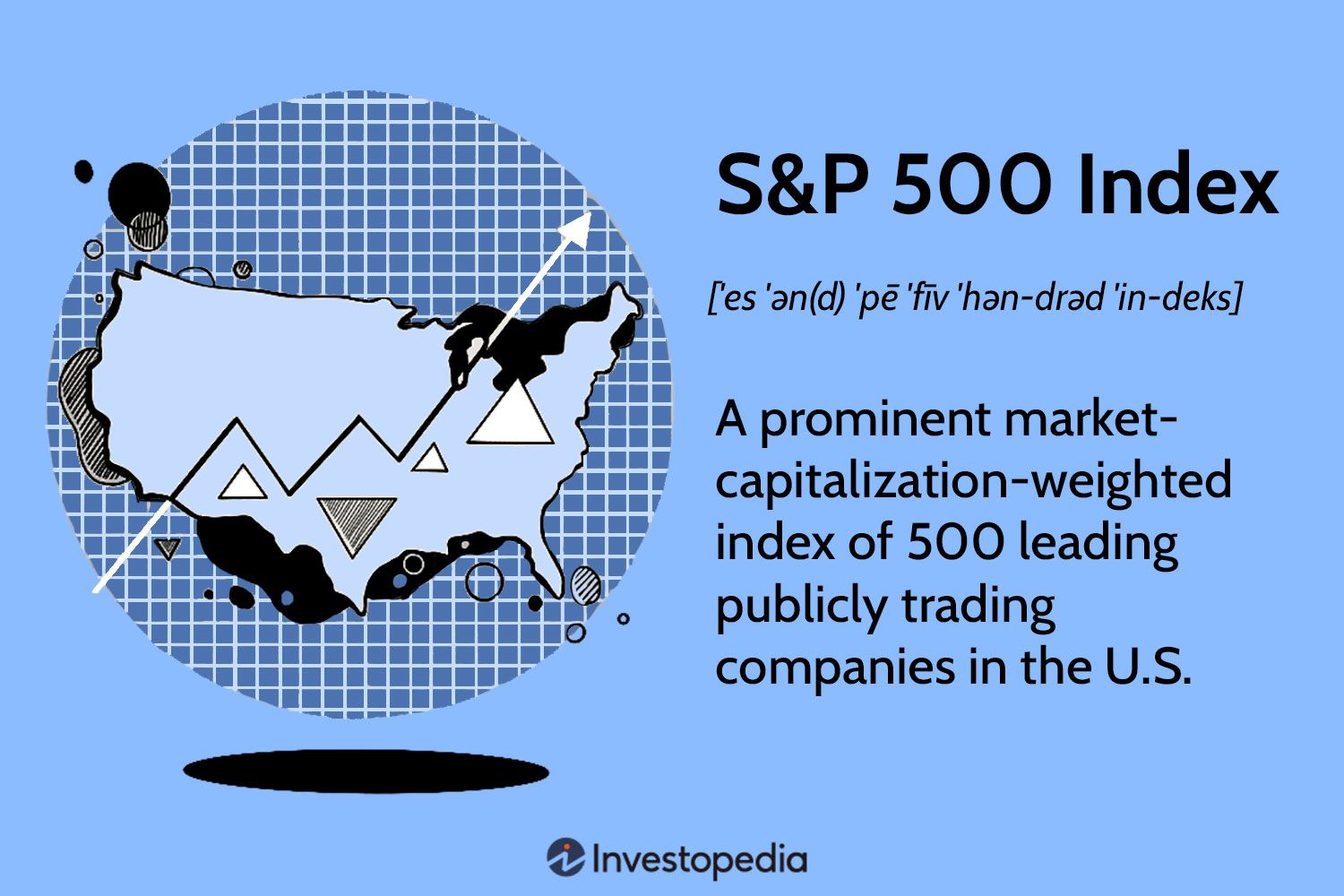Can Trading Be Started with Only $100?
Can you start trading with only $100 in your pocket? Yes, you can. The truth of the matter is that while beginning your journey of trading having such a small amount of money can be seen as quite challenging. Nevertheless, such a sum is a perfect starting point. Moreover, you will need to have a clear plan of what steps you are supposed to take. Navigating these waters is not that simple, but if you follow the below strategy, you will be able to figure this question out.
Not Simply Trading
Trading is not all about moving funds between your account and some other account to multiply the sums. It requires some time and effort aimed at analyzing things instead. When you are starting on only $100, you are at no risk of losing a large sum of money, which is a big advantage. However, the principle remains the same: you trade with a goal of earning and only by obtaining small but steady profits, you will increase your funds over time.

Trading Platform and Tools
Opt for a platform that will allow you to trade on only $100. If you have to pay high fees or have a minimum account balance, it might not be very efficient. In addition, the tools the platforms offers to you are crucial. Find those platforms that will offer you real-time charts or news feeds or technical analysis indicator. It is quite common sense, but it is worth mentioning: the more you spend on fees, the less of your $100 you will have for trading.
Market Selection
Having only $100, do not step into such risky waters as cryptocurrencies. Select a market where little changes can still bring profits. For example, Forex or cryptocurrency market is highly liquid and you can normally leverage your trades. However, leverage not just increases your profits, but also your losses, so be careful.
How to Develop a Trading Strategy
The beginning of any trading career is the development and implementation of a trading strategy. The simplest recommendations can be to start learning and practicing either scalping or a strategy called momentum. Scalping involves concluding a large number of small deals on minimal timeframe periods to make small profits on insignificant movements of the instrument’s price against the day’s general market trends. The momentum strategy trades in the course of significant price fluctuations and makes a profit based on that. Both strategies perfectly suit accounts that are limited in their starting capital, with $100 being an excellent example. Therefore, to summarize, the main piece of advice is, when you only start trading, try to choose scalping or momentum.
Risk Management Recommendations
The $100 deposit implies maximum risk management to preserve the account’s stability and not spend the entire trading capital in two transactions. Consequently, the optimal tactics for trading with a $100 account is limiting the risk on each transaction and trying to manage it at the level of 1-2 percent of the total trading capital. Therefore, in the case where a trader’s starting capital is $100, the risk he can take in one transaction is $1-$2. Thus it is possible to trade quite a long time without losing the entire amount and constantly improve the trading skills.
Expectations and Reality
Many beginning traders put their heads on the idea of trading r $100 and leaving the market with $100,000. The expectation is, certainly, very unrealistic, and many people after losing their $100 freak out and leave trading. According to experience, trading should imply moderate and realistic goals, and the very process of trading every day and the skills obtained during that process are worth much more than an initial deposit of $100.
Leverage powers trades in ways that would be unimaginable with regular trading methods. When it works in your favor, you capitalize on more profits, but when the trade doesn’t pan out as expected you stand to lose a lot more than you would with standard trading. A proper understanding of leverage is to compare it with the concept of a lever, which enables a person to lift heavy objects off the ground. When a person exerts just the right force on the lever, it adds some strength that is crucial when lifting the heavy object. The same concept applies to leverage, although the stakes are significantly higher with trades. It enables a trader to borrow capital above their capability, and as such, conducting trades that they would not afford to continue. This article looks into leveraging, how it works, and its salient benefits, both to trading and in other circumstances.
Leverage refers to trading using borrowed capital that would potentially increase the anticipated profits obtained from a trade. It is typically stated as a multiple of two and is written as a ratio. For example, a leverage ratio of 10:1 would imply that when a person deposits $1 in their trading account, they can be able to open a trade position of $10. With this type of capital, the trader is in a position to benefit by utilizing just a small fraction of the total amount of trade that they want to afford. It should be noted that leverage facilitates the ability to garner increased profits, although the inherent risks, as well as potential losses, are also higher.
Selecting the Right Leverage Level
To begin with, choosing leverage is essential. It should depend on your style, risk appetite, and market. Selecting leverage depends on the way you trade, and while some of you feel comfortable with using 1:500 leverage, the others choose a more classical approach to protect their capital. Therefore, a comprehensive risk assessment procedure should be implemented before selecting the level of leverage you should use.
Impact on Your Trading Strategy
The other thing to consider is a trading strategy. Leverage heavily influences the strategy you choose to implement, and scalping profits from quick opportunities, so you will benefit more if you use higher leverage. Less use of leverage, in its turn, may impose smaller risks, but the gains you receive will be smaller as well. Therefore, leverages have to be different depending on the type of the trading strategy you use.
Using It Properly
Leverage management is another aspect of using leverage. As you understand, the use of leverage should be continuous due to the fact that the market is changing, and the level of risk associated with the market is changing too. No formula that will help you balance risk and reward can be found, but you can always adapt leverage and the strategy you use accordingly. The other issue you should concern is that you cannot really know the future, and while a marketplace you know and examine is a safer place, you should include rate risks in your investment analysis if you decide to invest in foreign shares.
Analyzing the market
At the core of any day trading strategy is the ability to analyze the market. It is both technical analysis, which is concerned with price movement and patterns, and fundamental analysis, economic factors, and news. Mastering these analyses will allow you to identify and engage in situations that have a high probability of making you profitable amounts of money. For example, chart patterns, various tools, economic calendars, or financial data releases can give you valuable insight into the market and the sentiment of the traders, giving you the ability to anticipate probable price movement.
Choosing the right instruments
Therefore, not every financial instrument or asset might be rife for use in day trading. Identify and look for assets that have high liquidity and high volatility. High liquidity ensures that there is an opportunity to exploit the price movements, and high volatility ensures that there will be enough of this movement, as well as the volume of assets traded, to enter and exit frequently and make a profit. For example, major forex pairs have high liquidity, stocks with movement greater than a few percentage points have considerable volume and stock availability and are thus viable for trading. For futures, each individual futures contract might have different rules, and instruments should be marked differently.
Setting realistic goals
Before engaging in day trading or any kind of trading, it is crucial to set realistic trading goals. Your goals should be measurable, for example, a profit each day or each week. They should also be attainable—they should be able to be made with relative ease, as well as be concerned with improving your long-term performance, therefore, setting up your own maximum for what losses you will allow yourself to bear is a crucial part of trading. Trigger-happy trading or aiming to make a huge winning might be seen as beneficial, but it is also the most prone to losing your entire trading deposit. Therefore, it is crucial to ensure you have controlled trading and long-term consistency.
The concept of technical analysis, and of several helpful indicators, will now be integrated into your trading approach. Consider this to be a brief manual for the rest of your learning experience. Some kind of training is advised in order to better grasp the concept of technical analysis and how it may be combined and used. It also contains demonstrations that may provide you a clearer understanding of the ideas presented above. The following chapter will therefore function as a supplement to the prior, or as a better starting point for those of you who already have some experience in the subject.

Technical analysis or TA is the study of several financial markets based on historical price graphs. Many enough, while TA is utilized by the huge majority of all prevalent trading strategies, it is a valid choice for assisting us better understand what may be done. It assists you in forecasting the future, which is why it is so popular. Indicators add structure to the analysis of the markets, but here is how you may use this information to your advantage. Feel free to reach out to your instructor right now because you should have already gotten a taste of the benefits of being guided. Let’s begin with how you may assist in studying markets.
Learning About Technical Analysis
One way of using to determine the future actions of the market is based on the assumption that the historical price movement and the volume data will continue to impact the market trends. In this method, patterns are studied, and indicators are applied in making trading decision although it is crucial that the basics of the chart and patterns, such as the head and shoulder, or triangle, be known which give an insight about a potential market movement. These patterns if correctly identified will warn about the continuation or reversal of a trend and will provide a strategic point of entry and exit.
Choosing the Right Indicators to Use
With hundreds of indicators to use, many are late. Broadly speaking, 4 types of indicators apply to this research. These are the trend, volume, volatility, and momentum indicators. For identifying trends, MAs and MACD are often used. Momentum and potential reversal points can be found using the RSI and Stochastics.
Combining Indicators
The strength of the TA lies in its combination. If only one indicator is used, the signal is limited; however, if a trend indicator is combined with a momentum indicator, a signal that is quite strong results. For example, if the RSI indicates that a potential market is overbought is complemented by MAs indicating that the trend is likely to continue may derive a conclusion that it is safe to trade. The types of indicators must be such that they complement each other rather than “making the same thing.”
Customizing Indicator Settings
Default indicator settings may not align with your trading style or the markets you trade. By adjusting parameters such as the length of the moving average or the period in the RSI, you can change the settings of indicators to be more suitable for the type of trading you do. Such a move will allow you to fine-tune the indicators to match your trading strategies. However, it is important to test these strategies to see which specific settings work the best for your approach. As such, as a day trader, you need to develop and test these strategies to understand your trading style better and become more efficient at what you do.
Practical Application and Continuous Learning
Implementing technical analysis in practice takes effort and continuous learning. Before you start trading live, practice on a demo account to get a real feel of the markets without actually risking any capital. Various training resources such as webinars, online courses, and trading forums can help you learn more about technical analysis and how to apply it in your trading. You can also use these resources to learn from the experiences of other traders and adopt best practices.
Monitoring and Adapting to Markets
Indicators are important tools for a day trader, but they must be changed as markets develop. You need to assess from time to time which of these work in the current conditions and in the market phase you operate in. For example, an indicator that works well in a bull market may fail in a bear market; the same applies to ranges and other market modes. As such, you need to adjust the indicators to the conditions and not to rely on the past conditions as a guide to action.
Make sure you have the proper knowledge earlier than you begin investing time and money. To begin with, you must be acquainted with the essential ideas of the inventory marketplace. Furthermore, swot up a few essential data on the mo st not unusual financial devices.
You’d higher solid a glance on the ideas of technical analysis. Numerous resources come up with the opportunity to learn how to trade on the stock market, which includes paid, unpaid, and online. When you are geared up to risk your money, strive to make investments a few greater time in education with none practice.
It appears that you have already been given some simple expertise, you have decided to accumulate it. Now it is time to pick a trading platform and a broker. Pay unique interest to the following points: the best platform costs low maintenance and improvement charges, readiness and high-quality of order execution, data feed consciousness and availability of recent data, simplicity of the interface and the variety of semi and automatic equipment. Evaluate how suitable for you is the set of indicators offered.
You need to pick out the proper 2nd to buy shares. Do now not hurry up to follow your plan in actual trading; take some time to test your buying and selling thoughts in practice. It is really useful to strive to start and end the day with a position open and near at the same charge to take a look at the overall trade method.
Begin small; alternatively, a minor loss may not take its toll on your finances. In terms of the initial capital, you could strive your hand with numerous hundred dollars. At this level, you patterns or begin incomes cash.
Practice Risk Management
Risk management is what underlies any successful trading. It implies not risking more than a very small share of your trading capital on any trade. Use stop-loss orders to limit potential losses and never allow yourself to overtrade or chase losses. A disciplined approach to managing risk can mean the difference between success and failure. Keep a Trading Journal
A trading journal is a good way to help you analyze your practice. It will contain both your trades and written analyses of each trade, including your rationale for deciding to trade, the outtome , and lessons learned. In this way, you can analyze your trades anytime you want to look for patterns in your trading behaviour. Staying aware of your own trading habits can help you move to a higher level in your quest for success. Stay Informed and Adapt Nothing is static in the financial markets, and the changes resulting from economic data, news events, and technological breakthroughs entail changes in your strategy as well. To be successful, you have to stay informed by using a number of reliable sources, such as financial news outlets, market analysis, economic calendars. You’re not successful because you’re lucky , you’re the one who keeps changing and adapting to new realities.






